Mega Design: Creating culture
Whether it’s designing a newspaper or branding a clothing line, Danish design consultancy Mega Design’s aim is to get people talking
It’s always gratifying when a client really loves your work – especially if it asks you to set up shop on its premises. Creative director Tobias Rder decided to form design consultancy Mega Design after getting a phone call from Henrik Juul, creative director at Copenhagen-based advertising agency Wibroe, Duckert & Partners and a long-standing freelance client of Rder’s.
He asked if I was interested in starting a graphic design department within the agency, to deal with identity and branding assignments,” Rder recalls. “I jumped at the chance. I said yes because I really like the guy, and it gave me the opportunity to work with some of the biggest clients in Scandinavia and with a team of very creative people that see things from a different perspective.”
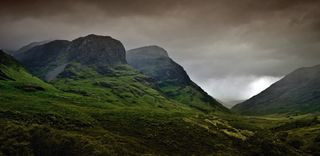
Rder teamed up with a good friend, designer Mikkel Lemvig, and brought along the clients he was working for at the time – namely Skrtoft Mlle, an organic flour mill in Augustenborg, south Denmark, and the Danish newspaper Information, which recently teamed up with Mega to execute a stylish redesign. The pair set up shop in a fifth floor office in the heart of Copenhagen, and Mega Design became a reality.
Despite the big name, Mega Design’s core numbers are small. On a day-to-day basis, the team consists of Rder, Lemvig and one assistant, with a network of talented designers and freelancers primed to assist when big projects come along. Their workload includes everything from branding for fashion line Notice and packaging for Tuborg Green – part of the Carlsberg Group, to developing a new visual identity system for big-name telecoms company TDC. Last year, such work saw them win them both the Danish Design Award and the Design Matters Award.
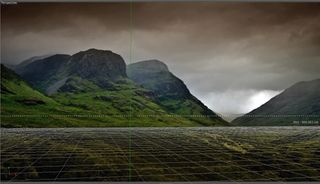
“We do whatever we can get our hands on,” laughs Rder. “I think we have been in the right places at the right time, and a lot comes down to networking – and being part of a bigger agency.” They are particularly enthusiastic about tight design briefs, which they see as a push to try something new instead of staying firmly inside their comfort zone.
“We like being forced out onto thin ice. Every time we’re there, something great happens,” he says. “All the things you thought wouldn’t work actually do. If you could choose to do whatever you wanted, you would probably always choose to open a door where you know what’s in the room. We like to be challenged.”
While Lemvig is a classically trained graphic designer, Rder learned his craft on the job. “My mother was a graphic designer, so I grew up surrounded by books and magazines about design, and became familiar with the work of Saul Bass, Paul Rand and Pentagram at an early age.” He got his first ad agency job at 18, and has moved between advertising and design ever since, including two separate stints as an art director at Grey Worldwide’s Copenhagen office.
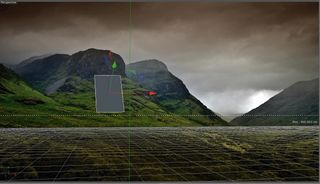
Simply put, Mega’s work is driven by the desire to create culture. “We want to make something that gets people talking,” Rder explains. “There’s so much going on visually and communication-wise. We are trying to make people stop and say: ‘Hey, that’s interesting, I can use that.” Too many designers focus on form, he says, when design and function should come first. “All too often, it’s about saying: ‘Look at this cool typeface – now I’m going to make a square line that divides a word, which doesn’t have a meaning but looks nice.’ It’s very important to tell stories.”
Their super-clean style taps into the Scandinavian aesthetic, and Rder says it has the same basic ingredients as everyone else’s. “But we’re always looking for that crucial difference that will get people moving. Because when they start moving, the work comes alive and becomes culture. Our work isn’t rocket science, but creating culture is an art.”
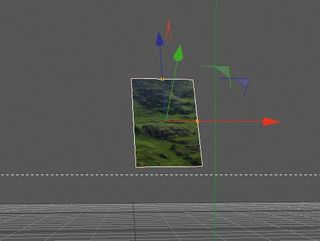
That begs the question of how can you accurately predict what will or won’t become culture? You can’t, according to Rder. “Ultimately it’s out of our hands. Culture is created by people on the receiving end. This only happens if people accept the solution and exchange it into a currency they can use in a social setting. The best solutions don’t just attract an audience – they engage participants and make people talk or ask questions.”
The pair appreciate the security of being part of a bigger entity. “It’s a big company – but very friendly, with a wide range of expertise. We work with some huge clients, which is really a privilege.” This kind of friendly affiliation with a bigger parent company is particularly welcome given the current financial climate, with its tightened budgets and corporate caution. As Rder observes: “People are afraid of standing out.”
Adaptation is also key to the studio’s survival – which means reacting to the current market and quickly updating their skillset in the process. “We’re going much deeper into the crafting side of things, and a lot of our work has become digital, which gives us the chance to learn new stuff,” Rder says. “It’s always healthy to grow and adapt.”
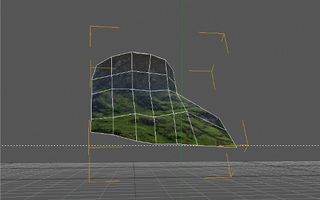
Currently, they’re creating a corporate visual identity for Nykredit Private Banking and producing packaging designs for a vodka-based alcopop – as well as nursing a nagging desire to change the company name to ‘Studiomega’. “We’d also love to add more senior designers, and come out of Scandinavia a bit more.”
Both Rder and Lemvig have children, and have mastered a healthy work-life balance. “We’re here at 9am, we work all day and then we drive home to our families and cook spaghetti,” smiles Rder, who says the ability to strike this balance is something that comes with time and experience. “When I was a partner in Soma, which did a lot of commercial architecture, I was working 24 hours a day.”
Nowadays, he’s better at switching off. “One of the smartest pieces of advice I ever got was that when you shut down the computer, you should be at a good place on the job.” He smiles: “Then you can go home without having thoughts about work in your head, and start the next day in a good place.”
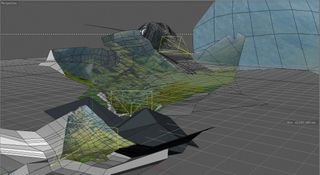
How to become an art director - essential career advice from Creative Bloq.

Thank you for reading 5 articles this month* Join now for unlimited access
Enjoy your first month for just £1 / $1 / €1
*Read 5 free articles per month without a subscription

Join now for unlimited access
Try first month for just £1 / $1 / €1
Get the Creative Bloq Newsletter
Daily design news, reviews, how-tos and more, as picked by the editors.
The Creative Bloq team is made up of a group of design fans, and has changed and evolved since Creative Bloq began back in 2012. The current website team consists of eight full-time members of staff: Editor Georgia Coggan, Deputy Editor Rosie Hilder, Ecommerce Editor Beren Neale, Senior News Editor Daniel Piper, Editor, Digital Art and 3D Ian Dean, Tech Reviews Editor Erlingur Einarsson, Ecommerce Writer Beth Nicholls and Staff Writer Natalie Fear, as well as a roster of freelancers from around the world. The ImagineFX magazine team also pitch in, ensuring that content from leading digital art publication ImagineFX is represented on Creative Bloq.
